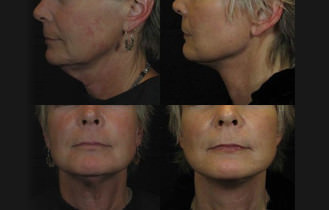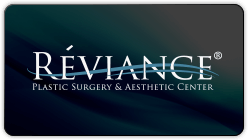Top Asked Questions on Realself.com | January, 2013
Answers from January 2013, submitted by James Chan MD, Double Board Certified Facial Plastic Surgeon
1. How long do the results of an Ultherapy procedure last?
Depending on how quickly your body breakdowns collagen will determine how long your results will last. Everyone naturally breaks down collagen and there is no way to predict what your specific time line will be. This is why having more than one Ultherapy treatment over the course of time can help maintain or increase your collagen levels. Consult with a board certified facial plastic surgeon to see if you are a good candidate for Ultherapy or if there are alternatives for anti-aging that may be a better option for you.
2. Will my insurance pay for Blepharoplasty? Does insurance cover eyelid surgery?
In some instances insurance will cover an upper Blepharoplasty if your vision is impaired due to excess eyelid skin. However, you typically must see an eye doctor first, who will put you through a series of tests to see if you qualify. Consult with your doctor to see if you are a potential candidate for an insurance related upper Blepharoplasty.
3. When is Blepharoplasty medically necessary?
Upper Blepharoplasty may be medically necessary and in some cases covered by insurance if your vision is impaired due to excess upper eyelid skin. Insurance companies typically have you see an eye doctor first, who will put you through a series of tests to see if you qualify. Consult with your doctor to see if you are a potential candidate for insurance related upper Blepharoplasty then consult with a board certified facial plastic surgeon who takes insurance claims.
4. Asian Double Eyelid Surgery recovery time.
Recovery time for double eyelid surgery is about one week. However, if you are concerned about scars and residual swelling you may need to plan for a longer recovery time. It’s hard to predict specific healing/recovery times because everybody is different. Consult with a board certified facial plastic surgeon to see if you are a candidate for double eyelid surgery and based on your personal health history what your recovery time may be.
5. How is a Face Lift different than a Mini-face Lift or Mid-Face Lift?
Most “face lifts” pertain to lifting the lower face and neck and sometimes eyelid surgery or a brow lift is included. A face lift typically means lifting and trimming excess skin and, most importantly tightening the underlying muscle layer (SMAS). There are many versions of the “mini-lift” and most do not adequately address the underlying muscle (SMAS) layer which leads to inadequate lifting, or decreased longevity of the procedure. However, there are situations in which a mini-lift might be appropriate, and you should talk to your facial plastic surgeon specifically about whether you are a good candidate. Addressing and treating the mid-face, the area around your nose and mouth, is a challenging area because the treatment options do carry some risk to the facial nerve, and the outcomes can vary. Depending on what technique is used, combined with the surgeon’s skill, can determine the length of recovery time. Discuss your options with a board certified facial plastic surgeon to determine if you are a good candidate for any of these procedures.





